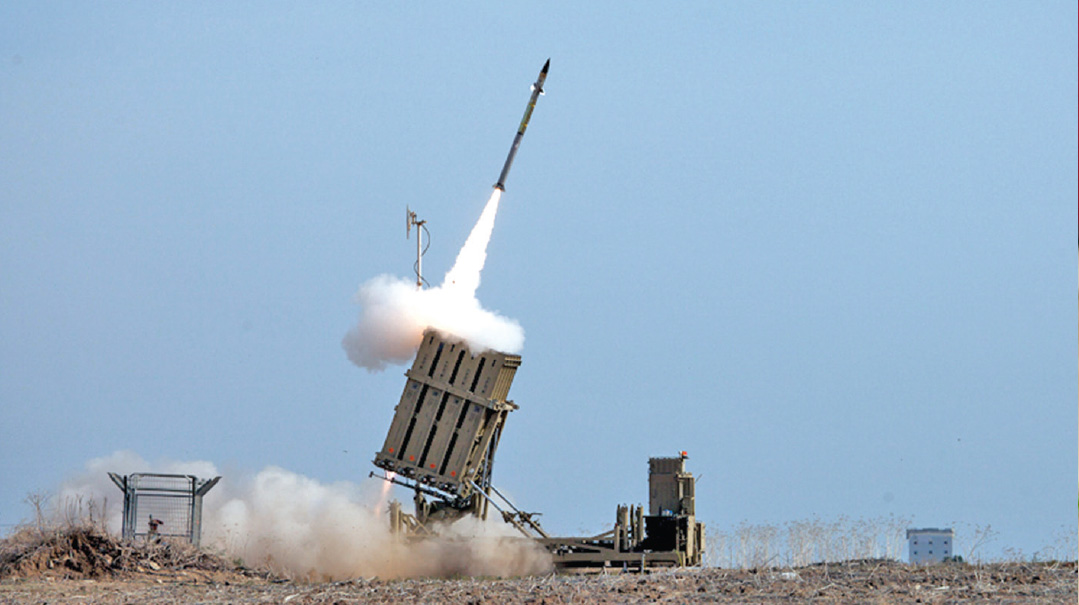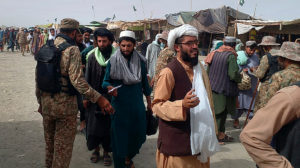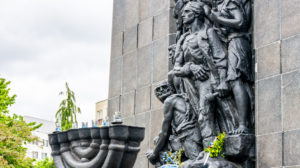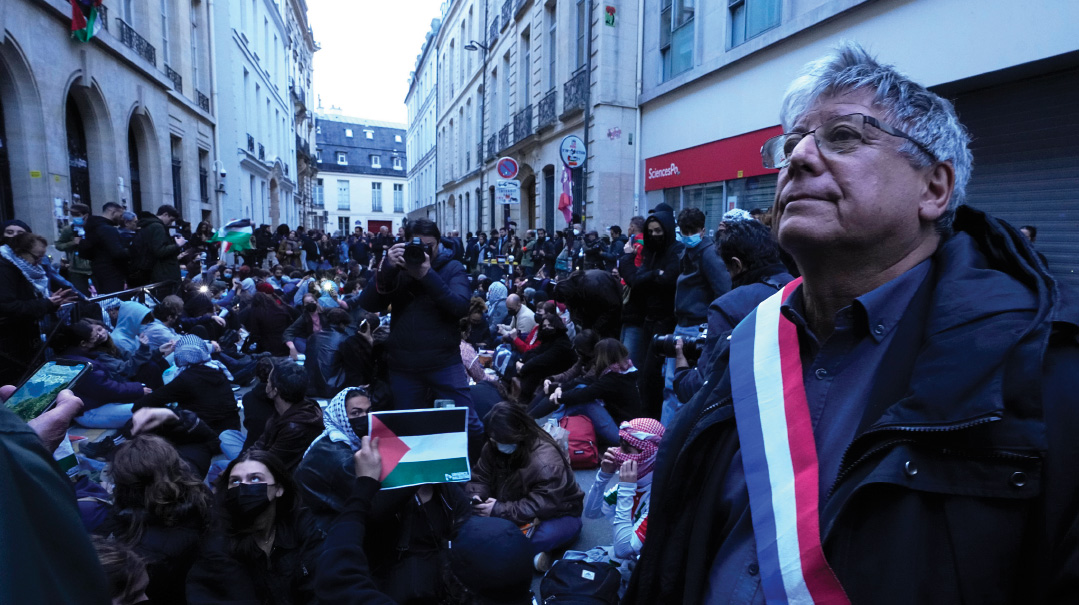A Few Minutes with Shlomo Toaff, Head of the Iron Dome Directorate

"Iron Dome was something that people thought was impossible"

Photo: Nehemia Gershuni-Aylho, www.NGPhoto.biz
The Iron Dome is back in the news. After dozens of rockets were fired from Gaza at Israel’s south over Shabbos, Israeli media was flooded once again with images of missile interceptors clawing Hamas rockets from the skies.
The latest round of fighting comes a decade after the revolutionary missile system was first used in anger, downing a rocket headed for Ashkelon. In the interim, the Iron Dome — a translation of the Hebrew “Kipat Habarzel” — has achieved iconic status in Israel.
The story of how a giant gust of wind miraculously saved Tel Aviv’s Azrieli Towers from destruction in the 2014 Gaza war may be a legend. But the fact that it is still current in Israel is testament to Iron Dome’s rock-star status in a country under constant threat of bombardment.
Marking the ten years from that first shoot-down, Canadian native Shlomo Toaff, now a vice president at Israeli defense company Rafael, who oversees the ongoing Iron Down development, says that neither Hamas nor Iron Dome’s engineers have rested on their laurels. As the Gaza-based terror group imports ever more sophisticated military know-how, the Iron Dome — which has an effectiveness rate of over 90 percent — has become a vastly more capable system.
“We have to remember,” he says, “that the other side are not just terrorists. They have backing from countries with evolving capabilities.”
The story of Iron Dome has long since become part of Israel’s national mythology. What was the actual process like?
Iron Dome was something that people thought was impossible. In fact, when we first presented the idea of the system, it was after the Second Lebanon War. Israel had been hit by thousands of rockets, there were tens of casualties and immense infrastructure damage, and there was no effective response. People responded to the proposal by laughing in our faces — they weren’t even polite enough to laugh outside.
We said that we’d be able to build the system in three years, and three years later we proved the doubters wrong. I was actually involved in working on a different rocket project then, but was aware of what was going on.
It was actually then-defense minister Amir Peretz who decided — against the advice of all the experts — to pursue a kinetic solution to the rocket problem. That means a system that would fire an interceptor at the incoming rockets.
What was the option that the experts recommended against Iron Dome?
Anti-rocket lasers were the big thing. I believe that effective lasers will be developed, but we’re not there yet. And if Peretz had listened to these experts, we would have been under fire for the last decade. The other credit is due to Rafael, who as a company put their best engineers on the job.
Are any of those original engineers still on the job?
There are still some, including one lady who told me recently that the current project is her last job, which she feels is the most important work that she’s done in her career. Back when the system was still under development, that group of engineers worked 24 hours a day so as not to miss a deadline — they hardly saw their homes. That spirit of total dedication is still there.
Obviously as an advanced military system, the Iron Dome’s trade secrets are closely guarded. But what was the core technological breakthrough?
It’s a breakthrough in the present, not just the past, because there is still no other weapon system that can shoot rockets out of the sky. Imagine a Grad missile that is 100 millimeters in diameter, not very long, and flies hundreds of meters a second. You now have to hit that at the midway point from its launch. How do you do that? The solution is what makes Iron Dome what it is. It’s not just a missile or a radar or a command-and-control system. Like you need both refuat hanefesh and refuat haguf, it’s holistic. All the above combined together to give solution.
Has anyone ever run the math on how many lives Iron Dome has saved, both directly, and in terms of the room for maneuver that it gives Israel’s strategists?
Well, one indicator is that every time there’s a rocket attack in Israel’s south, people claim damages. The figures show that such claims went down by more than 50 percent after Iron Dome was deployed. In human terms, we see that in the Second Lebanon War, tens of lives were lost, but since then, how many people have been killed from rocket fire?
A few days ago, we had a reminder of our neighbors’ long-range capabilities, as a Syrian missile exploded near Dimona. Can you tell me about how the Iron Dome is evolving to meet the threat of Hamas or Hezbollah blanketing the system with salvos that could overwhelm it?
I can’t share specifics, but the system is constantly developing to meet new threats. Just to give you an idea, I sent an engineer away for a year to study, and when he returned, he told me that he didn’t recognize the system. We’ve added capabilities against mortars, salvos, UAVs, cruise missiles — all things that the original Iron Dome couldn’t do.
In general, as cruise missiles proliferate, we provide a unique solution for countries — let’s say, around Russia — that face these threats.
When you tell your grandchildren around the log fire about your work, what story will you tell them?
I think that it’s a great story of dedication to doing something l’sheim Shamayim — to save Jewish lives here in Israel. Because this group of engineers didn’t work on it for their own profit, but to save lives. They are ready to answer the phone in the middle of the night to discuss a launch with the Ministry of Defense, whether it went well or not. It gives me goose bumps to think about what can be achieved when people work in this way.
(Originally featured in Mishpacha, Issue 858)
Oops! We could not locate your form.













